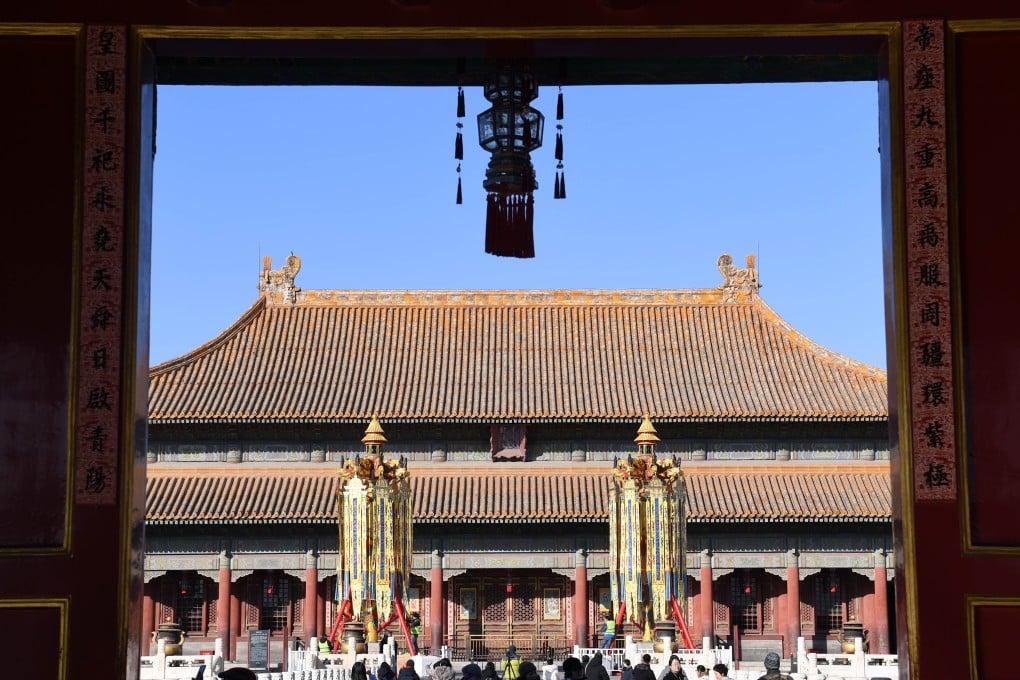The Forbidden City in imperial China’s Beijing had one enemy above all: fire
- The structure was constructed almost entirely from wood, so it was essential for residents to be well prepared
- Hundreds of vats storing rainwater were dotted around the Forbidden City as a precaution

Fire posed the greatest danger to the Forbidden City, as it was constructed almost entirely from wood. With the palace at constant risk of sabotage and accidental blazes, it was essential to be prepared to tackle the peril.
Burning torches were used to illuminate the palace interior, so strict protocol was established to prevent accidental fires. The Forbidden City’s taller buildings were most vulnerabile to lightning strikes. The Hall of Supreme Harmony caught fire after being struck by a bolt of lightning just 100 days after its inauguration.
Palace vats
Some 308 iron and copper vats storing rainwater were dotted around the Forbidden City. They were as diverse in size and style as many of the other palace artefacts. Ming dynasty vats, for example, had simple rings on the sides, while vats from the Qing period had decorative bronze rings held by elaborate animal shapes. Perhaps the most striking were the 18 copper vats which surrounded the main Imperial Palace buildings with their sumptuous gold inlays.


